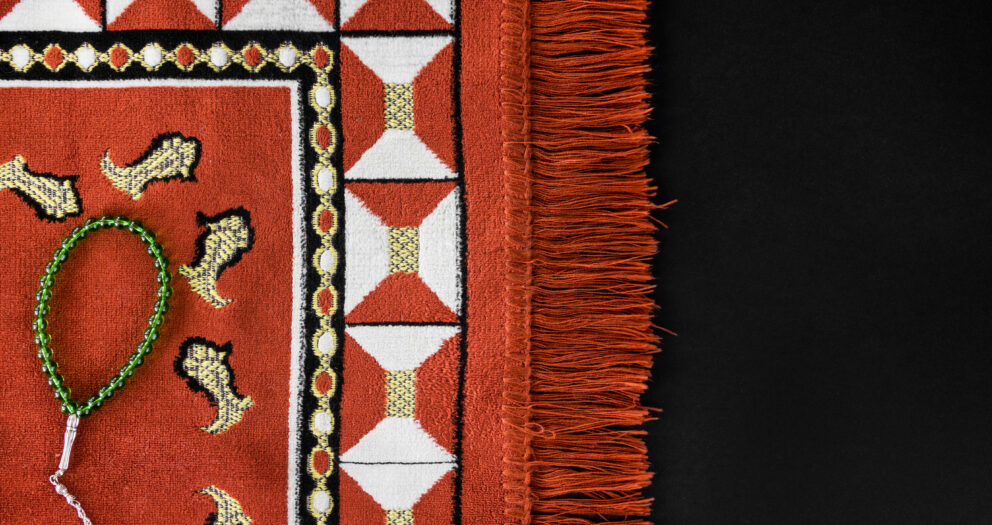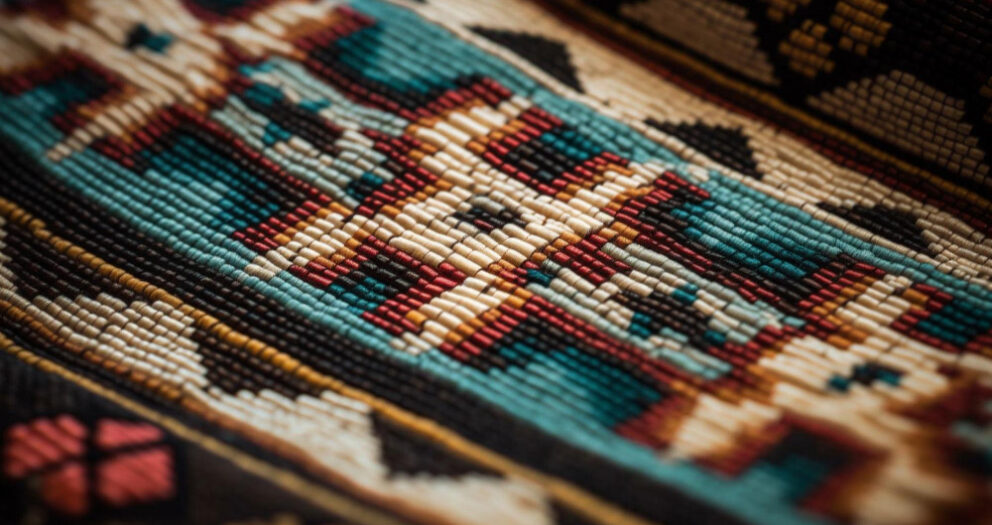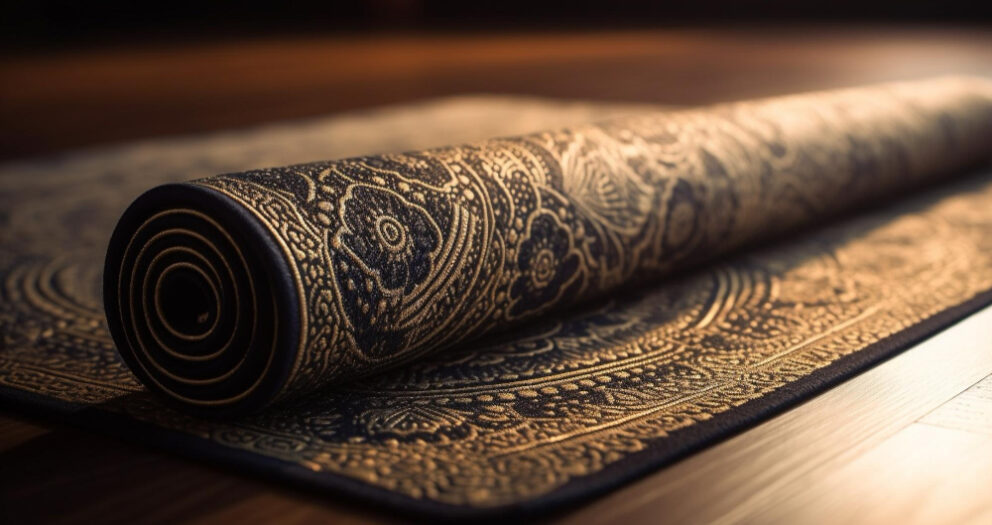Traditional Turkish Carpet Motifs and Traces of Traditional Culture
Traditional Turkish carpets stand out as a rich reflection of Turkish culture, and the motifs of these carpets are inspired by the history, belief system, and lifestyle of the Turkish people. Traditional Turkish carpets are not just objects that adorn home decor; they also represent a deep cultural heritage. These carpets are often intricately woven with distinctive geometric patterns, plant motifs, and abstract symbols.
Each carpet is enriched with natural motifs that demonstrate a connection to the geography it comes from. Natural elements such as mountains, the sky, water, and the sun, along with animal figures, constitute important parts of traditional Turkish motifs. These motifs not only offer aesthetic beauty but also carry the deep symbols and meanings of Turkish culture.
Traditional Turkish carpets are products of a special craftsmanship that emerges through the meticulous knotting of each thread. These carpets are typically crafted by the hands of women, and the patterns are passed down from generation to generation, ensuring the continuity of traditional craftsmanship. Traditional Turkish carpets contribute not only to home decor with their color palettes, patterns, and weaving techniques but also serve as important historical documents that carry the roots and traditions of Turkish culture into the present.
Traditional Turkish carpets not only embellish our homes but also open a window into the history, beliefs, and lifestyle of the Turkish people. These carpets are more than just local artworks; they are cultural treasures that unite and perpetuate cultures.










